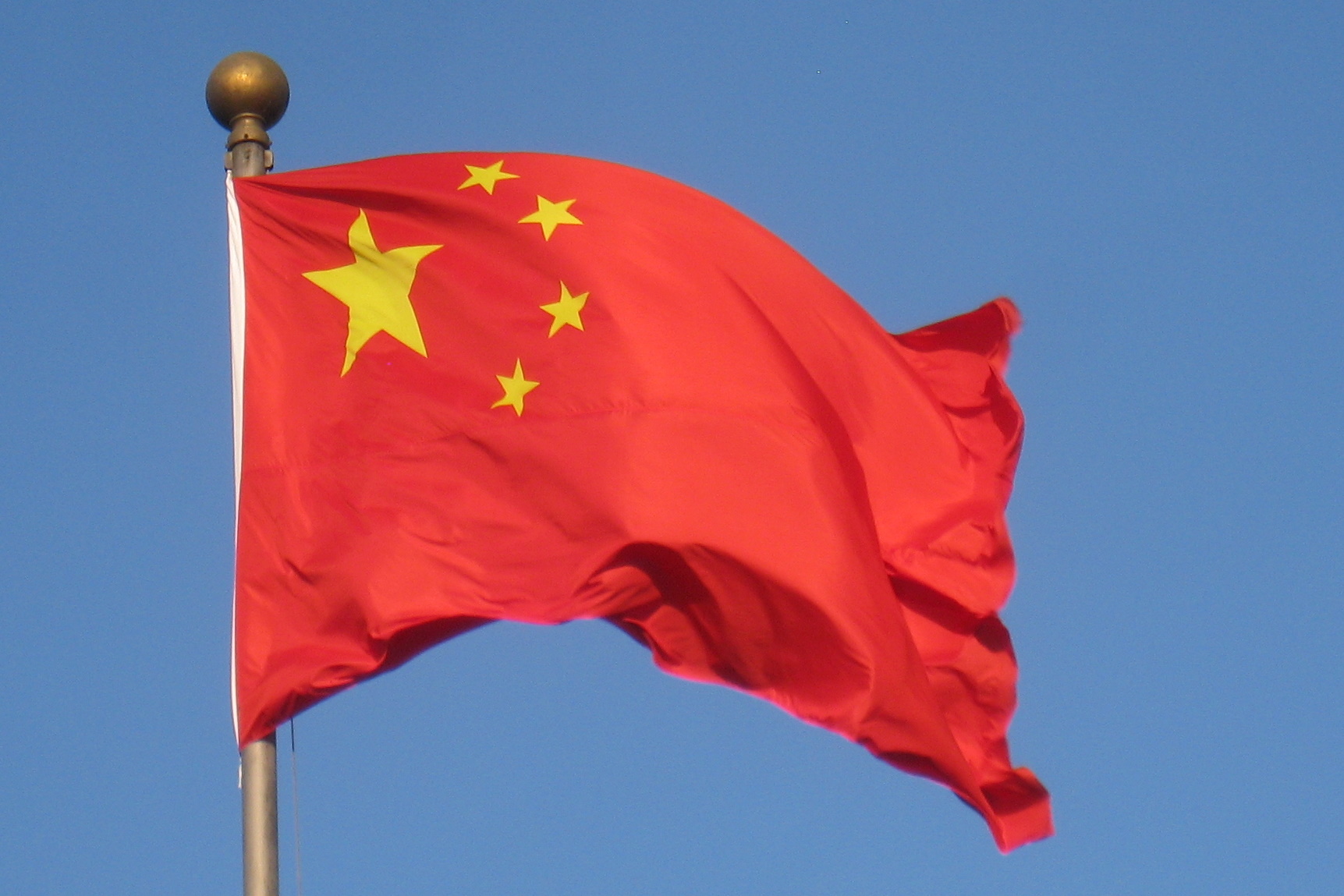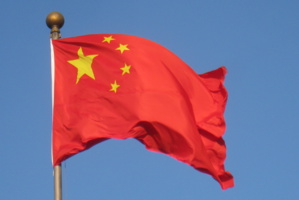The Chinese government's policy implies stimulating growth, restructuring of industries affected by overproduction, search for new growth drivers, as well as increase in the share of consumption and the service sector. Above that, the government intends to put efforts on support for innovative firms, tax cuts for small businesses and deregulation of access to a number of markets.
At the same time, according to the forecast, the deficit of the state budget of China this year will be 3% of GDP compared to 2.3% in 2015.
In general, the five-year plan for socio-economic development in China envisages growth of the Chinese economy not less than 6.5% a year. The country has to stick to the level to complete the task of building "middle-class society" in China by 2020, said Li Keqiang.
The prime minister said that "labor productivity per worker must be expected from current 87 thousand yuan ($ 13.6 thousand.) to 120 thousand yuan ($ 18.75 thousand)."
The authorities are going to create 10 million jobs in urban areas, invest more than $ 120 billion in the reconstruction of railways and twice as much- in the roads construction.
One of the Chinese economy’s problems is excess capacity in the steel industry, which will be reduced by 10% within a few years.
Plan for socio-economic development of China in 2016 also stipulates creation of special mechanisms to promptly respond to possible financial risks – particularly, "the stock market, bond market and foreign exchange market," the document says.
Among other things, China's budget for 2016 provides an increase in defense spending compared to the previous year by 7.6% to 954 billion yuan ($ 146 billion). At the same time, defense spending growth rates are lower than in previous years. The growth of China's defense spending in 2015 amounted to 10.1% in annual terms, in 2014 - 12.2%, in 2013 - 10.7%, in 2012 - 11.2%.
By 2020, the population of China will reach 1.42 billion people, said Li Keqiang.
Meanwhile, China continues to lose foreign exchange reserves. They continue to decline, but the pace slowed to a record level of 2011.
In February, the reserves (foreign currency that the Chinese central bank uses to conduct operations with its own currency and bonds) fell for the fourth month in a row - by $ 30.9 million to $ 3.2 trillion.
The indicators fall into line with market expectations. Earlier, experts predicted that the foreign exchange reserves would fall by $ 30 billion. This is evidenced by a survey conducted by Reuters among analysts and economists.
However, if we follow the dynamics of the last 12 months up to February, it can be understood that the reserves fell by $ 601.5 billion - the biggest indicator of those that have been recorded.
source: The Xinhua News Agency
At the same time, according to the forecast, the deficit of the state budget of China this year will be 3% of GDP compared to 2.3% in 2015.
In general, the five-year plan for socio-economic development in China envisages growth of the Chinese economy not less than 6.5% a year. The country has to stick to the level to complete the task of building "middle-class society" in China by 2020, said Li Keqiang.
The prime minister said that "labor productivity per worker must be expected from current 87 thousand yuan ($ 13.6 thousand.) to 120 thousand yuan ($ 18.75 thousand)."
The authorities are going to create 10 million jobs in urban areas, invest more than $ 120 billion in the reconstruction of railways and twice as much- in the roads construction.
One of the Chinese economy’s problems is excess capacity in the steel industry, which will be reduced by 10% within a few years.
Plan for socio-economic development of China in 2016 also stipulates creation of special mechanisms to promptly respond to possible financial risks – particularly, "the stock market, bond market and foreign exchange market," the document says.
Among other things, China's budget for 2016 provides an increase in defense spending compared to the previous year by 7.6% to 954 billion yuan ($ 146 billion). At the same time, defense spending growth rates are lower than in previous years. The growth of China's defense spending in 2015 amounted to 10.1% in annual terms, in 2014 - 12.2%, in 2013 - 10.7%, in 2012 - 11.2%.
By 2020, the population of China will reach 1.42 billion people, said Li Keqiang.
Meanwhile, China continues to lose foreign exchange reserves. They continue to decline, but the pace slowed to a record level of 2011.
In February, the reserves (foreign currency that the Chinese central bank uses to conduct operations with its own currency and bonds) fell for the fourth month in a row - by $ 30.9 million to $ 3.2 trillion.
The indicators fall into line with market expectations. Earlier, experts predicted that the foreign exchange reserves would fall by $ 30 billion. This is evidenced by a survey conducted by Reuters among analysts and economists.
However, if we follow the dynamics of the last 12 months up to February, it can be understood that the reserves fell by $ 601.5 billion - the biggest indicator of those that have been recorded.
source: The Xinhua News Agency






